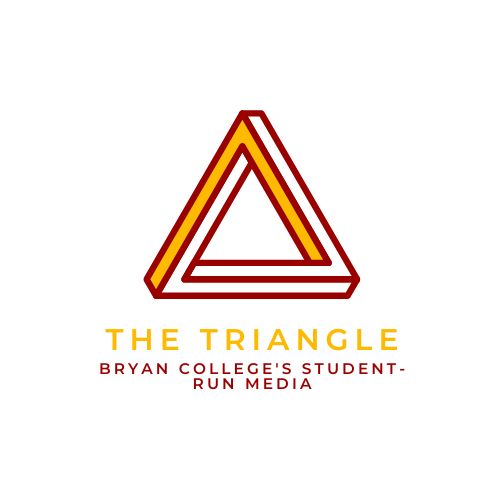
Justin M. Jones
Triangle Reporter
Bryan College’s campus received Level 1 arboretum status in June 2011 by the state of Tennessee, meaning that at least 30 trees are labeled and that a maintenance program to take care of them is in place.
The process of becoming an arboretum takes several years and an abundance of research, but several professors and administrators stepped up to the challenge.
The committee, including Dr. Roger Sanders who lead the development, formed in Oct. 2008 in order to preserve trees and to develop the campus as an arboretum, a plot of land where trees are grown for study and display.
To find out how an arboretum operates, the group visited several other arboreta such as Cleveland State Community College Arboretum, University of Tennessee at Chattanooga Arboretum and Gerald D. Coorts Memorial Arboretum at Tennessee Technical University.
“I obtained a grant from the Bryan Women’s Auxiliary in 2009 to make and put up interpretive signs for 32 species of trees on the Triangle and adjacent campus areas,” Sanders said.
The Advancement Office assigned Jonathan Brown to help solicit funds from donors. They have received $300 so far.
With the help of Doug Schott and Karen Randen in Operations, they applied for certification as a state approved arboretum last spring.
Sanders believes that the campus becoming an arboretum will help students grow in understanding and appreciate the natural world around them.
“When a dogwood or cherry tree blooms and they want to know what tree it is, they can say, ‘Oh, that’s what that is!’” Sanders said. “They can get ideas for what they want to plant and how to care for trees by the time they have their own homes.”
The arboretum will not only benefit students personally, but it will affect certain students’ and professors’ academic lives.
“It will provide opportunities for biology students to do research projects,” Sanders said. “Professors will have enhanced opportunities to give field trips around campus.”
The committee hopes that someday students will know enough about the trees to give school groups tours and that there will be an increase in townspeople coming to look at the campus and the information attached to each tree.
Brochures related to the arboretum are available in the Henning Museum on the first floor of Mercer Hall.

